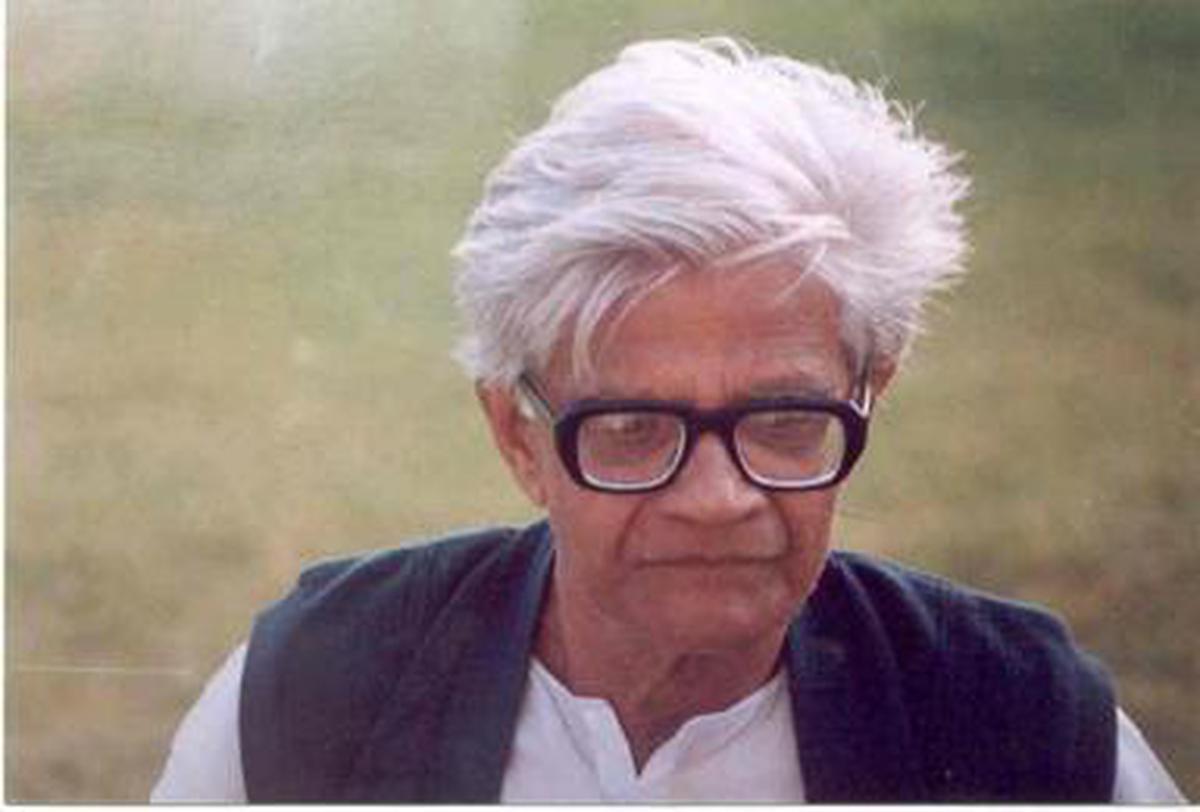In a documentary film made just before his death in 2005, AKR reveals that he was extremely passionate about mathematicsright from his schooldays and solving problems would give him immense pleasure. May be the fact that his father was a mathematics teacher in a school also inspired him. At the same time, as his father was not so ‘successful’ so to say, he was discouraged to take up mathematics, his first choice, as honours subject in college. He did his graduation from Presidency College in 1942 followed by master’s degree from Calcutta University in 1944. It was right after this that AKR joined as a research fellow in the Indian Association for the Cultivation of Science (IACS) to work in X-ray crystallography. However, in spite of all efforts, there was no output even after four years causing a sense of frustration in him. AKR joined Asutosh College, Kolkata as a lecturer in 1949 and started taking interest in general relativity during this time, occasionally taking part in the study group of Prof. N R Sen of the University of Calcutta. Although he received help and encouragement from Prof. Sen and also succeeded in publishing his first few papers, he was nonetheless not very comfortable with this group and began working entirely on his own. It was around this time that his second stint at IACS began as a Research Assistant (1952–61).
The equation famously known as ‘Raychaudhuri equation’ was formulated in 1953, although it took nearly two years for the acceptance of the paper (Relativistic Cosmology I) which finally appeared in Physical Review in 1955. This equation played a key role in later research on general relativity, one of the most important of which is the Hawking–Penrose singularity theorem. News of appreciation of his work from abroad started reaching him. Meanwhile he finished his thesis for DSc which contained, interestingly, two papers on solid state physics as well. His thesis received rare acclaim and he was awarded the degree from the University of Calcutta in 1960. In 1961, he joined Presidency College from where he retired in 1986. After retirement, he was an UGC Emeritus Fellow from 1986 to 1988, INSA Senior Scientist from 1988 to 1991 and an honorary Visiting Professor of Jadavpur University. He had been a fellow of the Indian National Science Academy (INSA), National Academy of Science (Allahabad), Indian Academy of Science, IUCAA and Astronomical Society of India. He also received honorary doctorate degrees from University of Burdwan, Kalyani University and Vidyasagar University. He was awarded the VainuBappu memorial award in 1991. AKR was actively involved in research all his life, his last paper appeared in 2004. He authored five books during his long teaching career. AKR gained legendary popularity as a teacher and perhaps it would suffice to quote his student, the late Narayan Rana, who dedicated the book Classical Mechanics (coauthored with P S Joag) with the words, “to Professor Amal Kumar Raychaudhuri of Presidency College, Calcutta – Generations of Indian students owe their Classical Mechanics to you!’’ AKR himself was very proud of his students, many of whom have become successful physicists later. AKR married Nomita Sen in 1958 and had two sons and two daughters. He used to lead a simple and stress-free life. He would often be seen scribbling a few lines on any piece of paper readily available to prepare for class-lectures. He enjoyed reading all kinds of books and listening to Tagore songs. He worked really hard for the book Theoretical Cosmology, typing it out on a portable typewriter every night till late hours. He was keenly interested in politics and although he never actively took part in it, he expressed his unique views and analyses on several political and social issues in quite a few essays. AKR died on 18th June, 2005. Till his last day, he had a very positive outlook towards life, a strong sense of honesty and integrity and a keen sense of humour.

